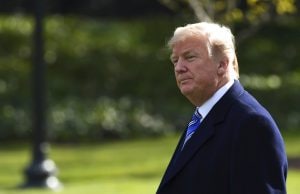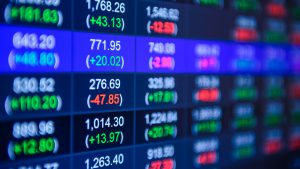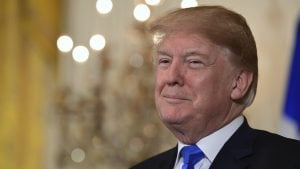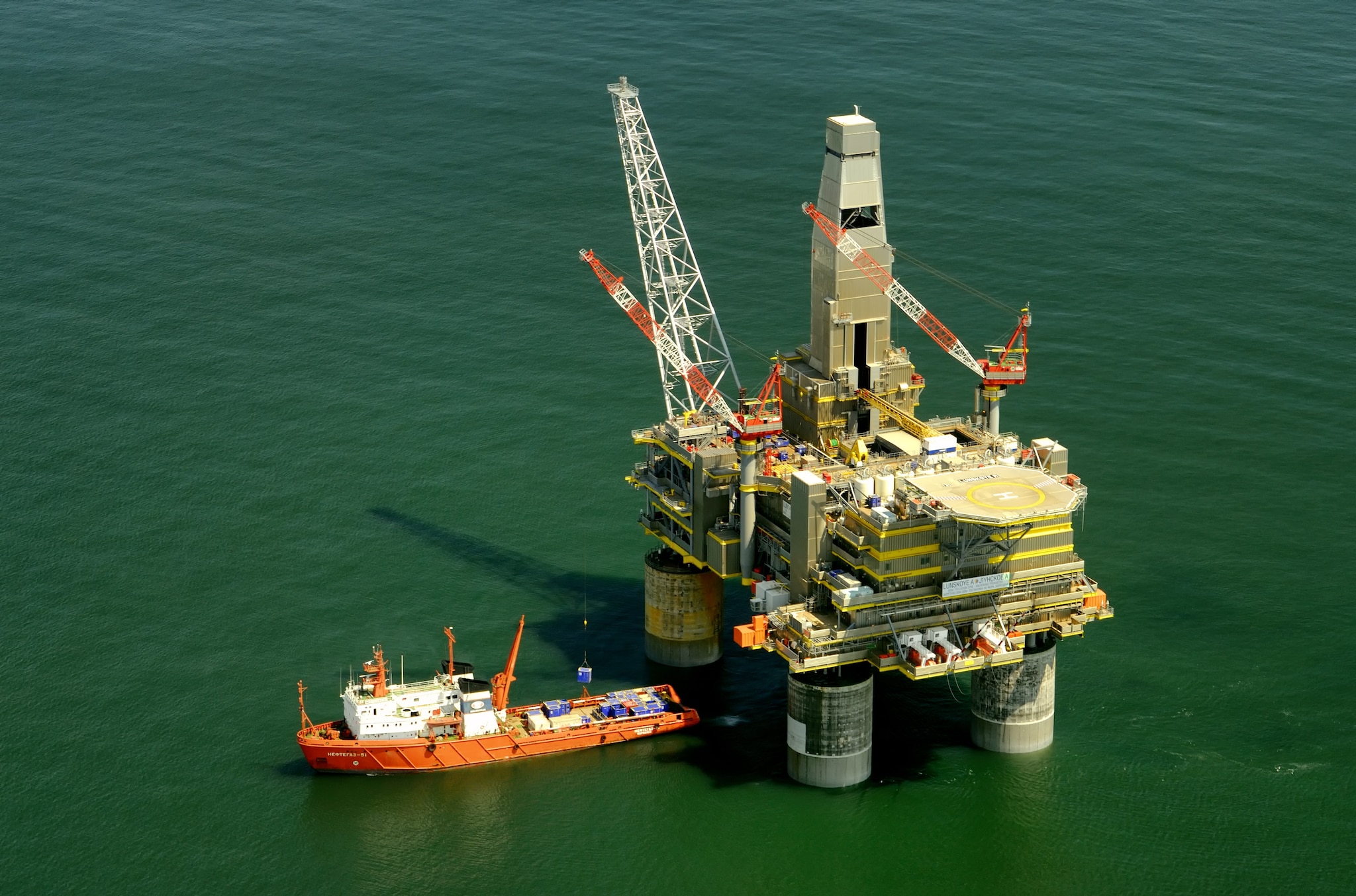Trade War: Limited impact on Indian steel, aluminium industry, says Steel Secy

KV Prasad Jun 13, 2022, 06:35 AM IST (Published)
 Listen to the Article (6 Minutes)
Listen to the Article (6 Minutes)
Summary
Section 232 of the US law gives the President the ability to issue tariffs based on national security concerns.
The decision of the US president imposing heavy tariff on steel and aluminium is expected to affect many countries’ export.
Talking about its effect on Indian economy, Steel Secretary Aruna Sharma said that there will not be any direct impact on India as only 2 percent of country’s steel export is to the US.
The onus lies more on the US to prove that Indian steel is going to have an impact on US security measures.
Section 232 of the US law gives the President the ability to issue tariffs based on national security concerns.
India under WTO, has objection to 232 and will work out the details with Ministry of Commerce because aluminium is also getting affected. She said that approaching WTO would be post discussions with Ministry of Commerce.
“As of now, the ministry is in a wait and watch mode and haven’t yet made a representation for an exemption”, said Sharma.
Talking about the outlook for the steel sector, she said that the approach is that we do not contribute to the excess capacity of the world, but in fact we are increasing consumption in tandem with production.
Sharma concluded that the upward trend will continue in FY19 as well.
Below is the verbatim transcript of the interview.
Ekta: What is the impact on Indian steel manufacturers with regards to the tariffs which are imposed by the US government on steel as well as what the reaction might be from the government now?
A: What you have said before – if you look at it, we are 10th in the series of descending order of the exports that are receding US and ours is only 2 percent of the total exports going to US. So immediately there is definitely no impact but yes, we have an issue of principle.
What is being imposed is not something which is WTO compliant. We will look forward for any measures, which are WTO compliant because that can be argued and discussed. It has been done under 232 – what you were correctly said and under the name of security. So the onus lies more on the US to prove that steel going from India is going to have an impact on their security measures.
The second thing is that their own 232 is now getting more opened up by giving exemption to Canada and Mexico – Canada being the biggest importer – between two of them out of 35, 10 million tonnes are being exported to US. The other countries which are top on the list is Brazil, Japan and South Korea. So in the name of friendly countries, let us see how it emerges then we are 10th in the line.
So we don’t expect any immediate impact but yes, under principle we have an objection to 232 and with Ministry of Commerce, we will be working out the details because aluminium is also getting affected and accordingly proceed ahead.
Prashant: The Prime Minister of Australia – over the last 48 hours – put out a statement saying that Australia in-principle has an agreement with the US, they have reached some sort of an understanding to be exempt. The list of countries which are being exempted seems to be growing. Have we reached out for the same although the exports out of India are pretty small into the US?
A: What you say is right. With so many exemptions, the whole clamping itself gets so diluted that I am very sure that it will find its own declining trend. So wait and watch is the best way to proceed ahead with this.
Nigel: If this is not WTO compliant, will we be approaching the WTO to complain against this? Also, are we looking at any additional measures to save our steel industry, anti-dumping duty (ADD) is already at place but it is at quite a low price compared to current steel prices?
A: If you look at it, our anti-dumping duty is very reasonable, logical and well-argued upon which any country can question and there can be a debate on it and that is an absolutely WTO compliant measure and that has also redressed the crisis, which India was facing against the dumping. So we have found a solution within WTO complaint’s trade measure.
Now, unilateral tariff measures is not which is WTO compliant or WTO agreed trade measures. So definitely there is a question about resorting to unilateral tariff measures and that is where it said that it may trigger the trade wars if you go accordingly.
But with the kind of windows that are going to opened up and the dilution that is happening – we are very sure that it will emerge to be a much logical way of proceeding into the trade tariffs.
Nigel: Will we approach the WTO, that is the big question?
A: That with Ministry of Commerce we are working out so it will not be appropriate for me to talk only of steel.
Ekta: You cannot talk about whether you would be approaching the WTO but would there be any sort of quid-pro-quo kind of measures from India on American exports, is that something that you would be privy to or you would be able to talk on as well?
A: Not at all because in case exemptions are given to many countries, we will be pitching hard because you cannot have steel coming from a few countries 25 percent more expensive than steel coming from other countries. There has to be an equity into whatever measures that are being taken. When there is an equity, the steel buyer is going to pay more than 25 percent. The realisation of the exporter is going to remain the same. It is not going to make a difference to the exporters except that the steel being important in the US will be 25 percent more and not only that downstream the cost is going to enhance for the consumer in US. So definitely it is not a straight line kind of an arrangement and India will definitely question in case there is a differential treatment given to India, there is no doubt about it.
Prashant: To the earlier point, have you made the representation for an exemption as of now?
A: At this moment, no. as of now, we are discussing, we are watching, how it is proceeding because we don’t expect with so many windows what you correctly talked about Australia when you are having a free trade agreements that Australia may not be a steel contributor but it is definitely the coking coal contributor or raw material contributor to these countries. So it is going to make a difference. Therefore, it is unveiling now. We should not open all our cards just now.
Nigel: FY18 has seen a good turnaround of the steel sector and the last time you joined us, you told us that sales losses will come down and that has precisely what happened in Q3. For FY19, if you could tell us what kind of a steel demand growth are you looking at? This year is roughly around 4.5 to 5 percent so for FY19, what kind of a number can be looked at and for Steel Authority of India Ltd (SAIL) that profit number by the end of FY19 is still on the cards?
A: Definitely now, SAIL will be on an upward trend. All the adjustments and the facilities are getting ramped up. So that is as far as the PSU is concerned, that includes RINL as well. So let us not forget them. They are also on the upward trend, they have reduced the losses and by March figures, the losses will be reduced even though they don’t have the net profit as we are going ahead.
But as you rightly said, yes, steel sector has been on the reviving mode and our entire policy and approach is that we don’t contribute to the excess capacity of the world. We are enhancing our consumption in parallel to our production. So our consumption is also constantly going up day by day. We had a 5 percent increase and we expect much more with the country’s focus on infrastructure.
Let me tell you very interesting argument that we are a young country. So the young country will require more infrastructure, more housing, more aspirations, more consumption of steel. So with that angle, I see an upward trend. So FY19 will also bring in much more jump. Already we have reached 134 million tonne of capacity. So we expect an addition more in FY19.
Prashant: In 2016, India exported goods and services worth some USD 72 billion into the US. The surplus that India enjoyed with US was about USD 30 billion, USD 22 billion out of that on goods. The US trade deficit is about USD 800 billion. There is one view point that if there were to be some sort of a trade war, escalation of tensions, India being a small player should lie low and not lead the counter attack, go to the WTO, make a noise and find its way around but it is not the large player, the big target is China for the US, is that the view in the establishment as well?
A: No, in 232, China is definitely not the target because China exports only one percent of their exports to US. So it is hardly a market. For India also, the major market is Italy, Vietnam is there and US is a low miniscule market so definitely the hit is not here, the hit is going to be measure European Union.
Prashant: I did not mean steel per se, I mean overall not just steel?
A: Okay, so if you are thinking overall in business, the country’s interest stands first whether it is a small interest or a big interest, the country’s interest always is protected and will be protected.

Elon Musk forms several ‘X Holdings’ companies to fund potential Twitter buyout
3 Mins Read
Thursday’s filing dispelled some doubts, though Musk still has work to do. He and his advisers will spend the coming days vetting potential investors for the equity portion of his offer, according to people familiar with the matter

KV Prasad Journo follow politics, process in Parliament and US Congress. Former Congressional APSA-Fulbright Fellow



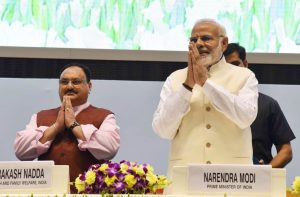






 Listen to the Article
Listen to the Article  Daily Newsletter
Daily Newsletter





